The electronic weather meter is a high-tech device that integrates modern electronic technology and meteorological principles. It is specially designed for outdoor sports enthusiasts and is used to monitor and display meteorological parameters of the outdoor environment in real time. It can provide accurate and reliable meteorological information, helping outdoor sports enthusiasts better understand their surrounding environment and thus make wiser and safer decisions.
The WX-SQ12 electronic weather station has multiple functional features, making it a powerful assistant for outdoor sports enthusiasts. It can monitor and display key meteorological parameters such as temperature, humidity, air pressure, wind speed and wind direction in real time, providing comprehensive environmental information for outdoor sports. Secondly, electronic weather stations are usually small, lightweight and easy to carry, making them convenient for outdoor enthusiasts to use anytime and anywhere. In addition, it also features simple operation and intuitive display, enabling users to quickly obtain the required information and make decisions accordingly.
Outdoor sports are often accompanied by complex and changeable meteorological conditions, such as sudden heavy rain, strong wind, lightning and other extreme weather phenomena, all of which may pose a threat to the safety of outdoor sports enthusiasts. Therefore, in outdoor sports, real-time monitoring and understanding of meteorological information are of vital importance. The electronic weather station is precisely designed to meet this demand. It can provide timely and accurate weather data, helping users better cope with various weather changes.
Electronic weather meters play a crucial role in safety decision-making for outdoor sports. Firstly, by monitoring parameters such as temperature and humidity in real time, electronic weather stations can help users determine the comfort level of the current environment, thereby avoiding strenuous exercise in high-temperature or high-humidity conditions, which could lead to dangerous situations such as heatstroke or physical exhaustion. Secondly, by monitoring parameters such as air pressure, wind speed and direction, users can predict weather changes in advance. For instance, a drop in air pressure may indicate that a heavy rain is approaching, and an increase in wind speed may suggest the arrival of a storm. This information is crucial for users to adjust their itineraries in a timely manner, find shelters or take other safety measures.
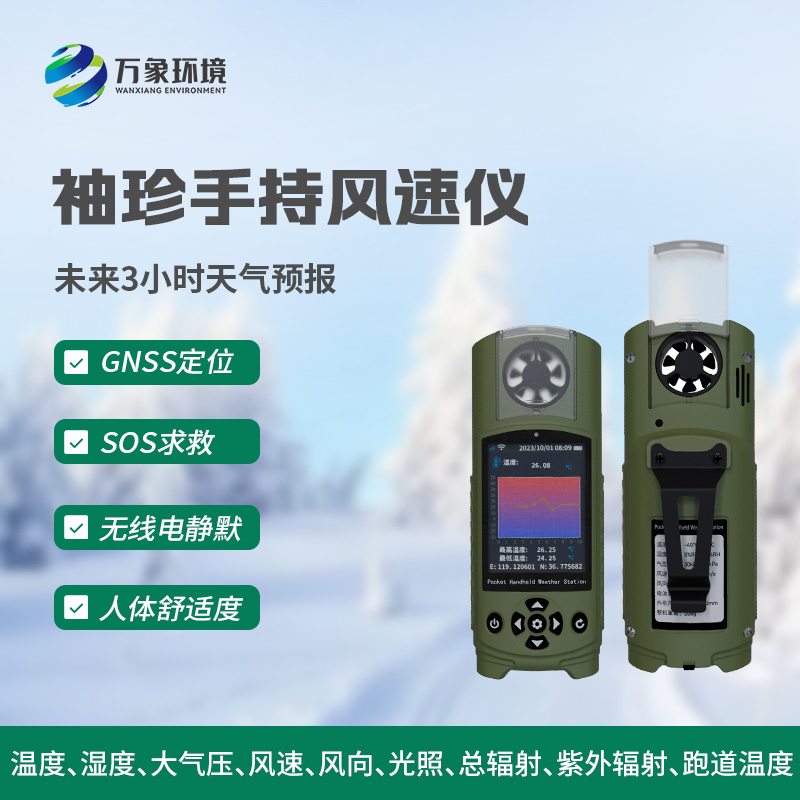
Article address:
http://www.0757gl.com/en/article/1455.html

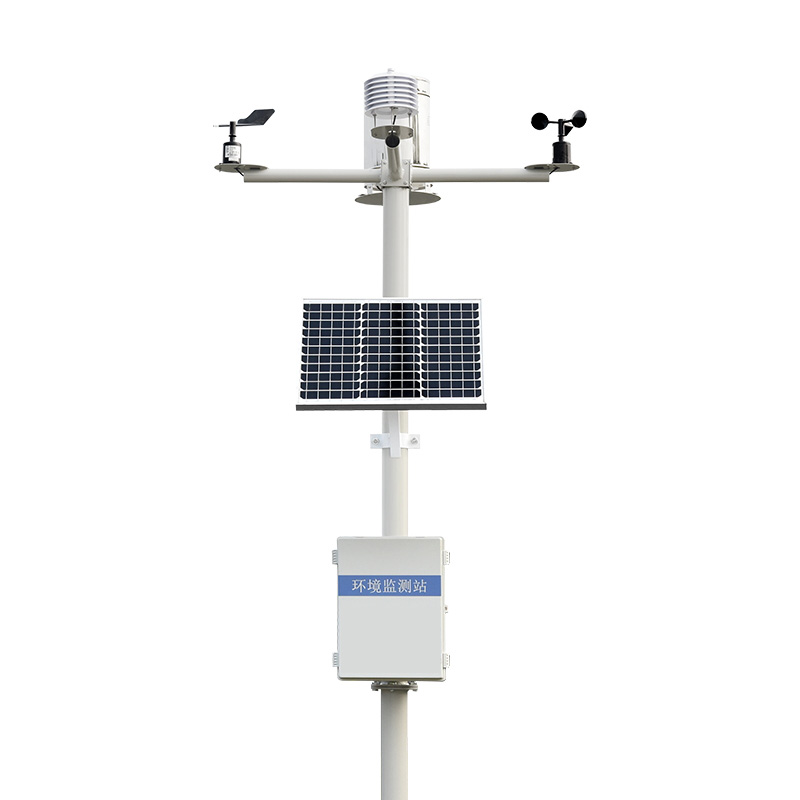
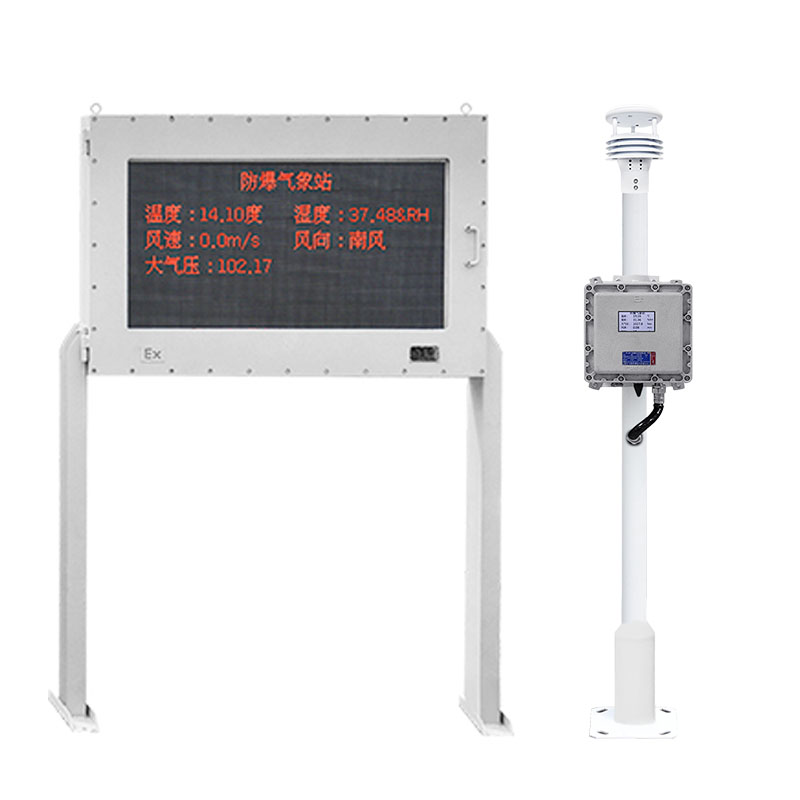
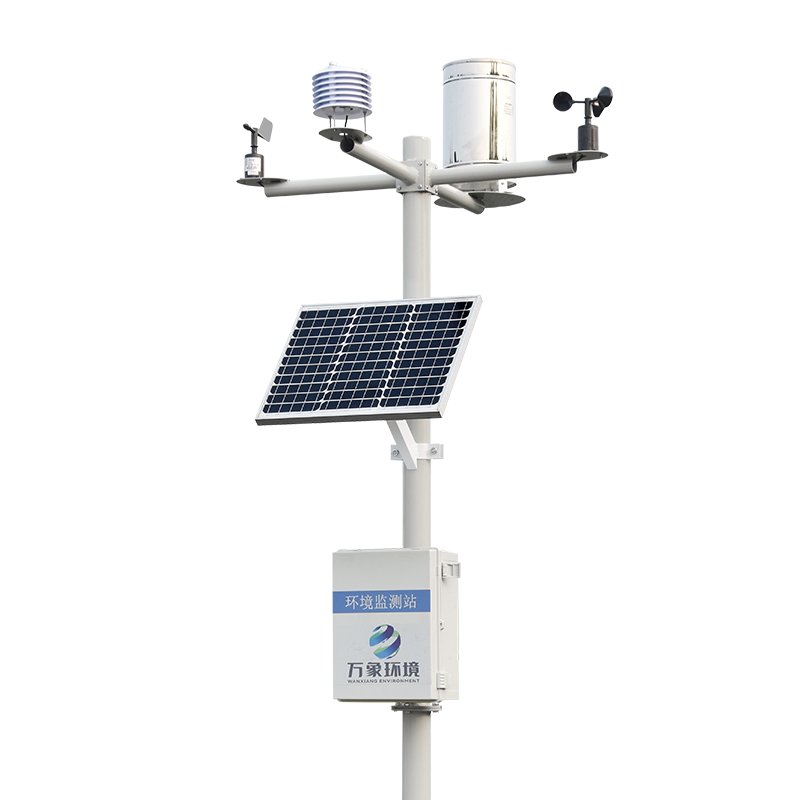
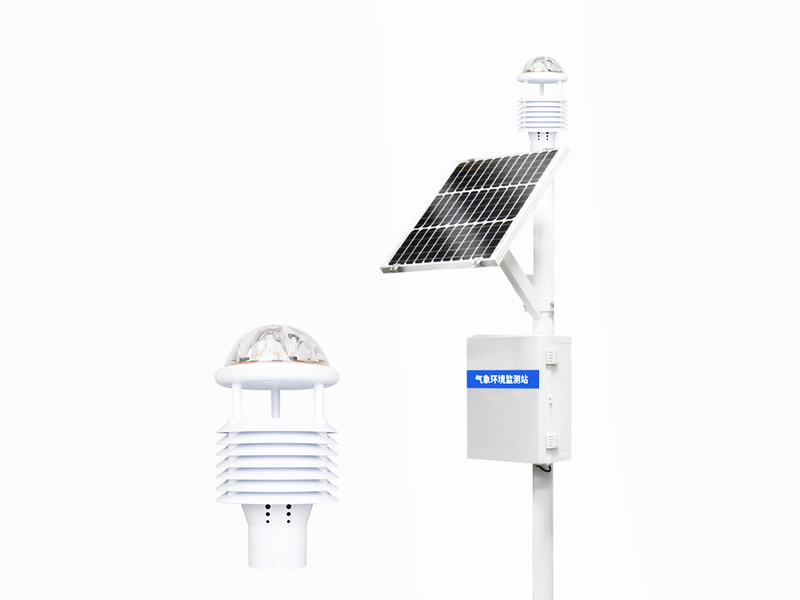
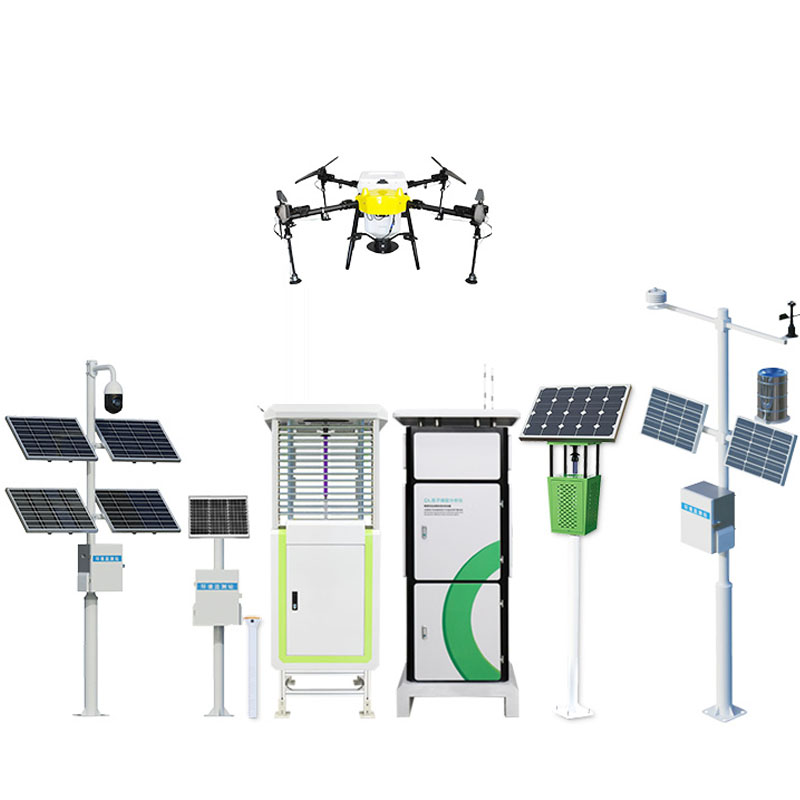






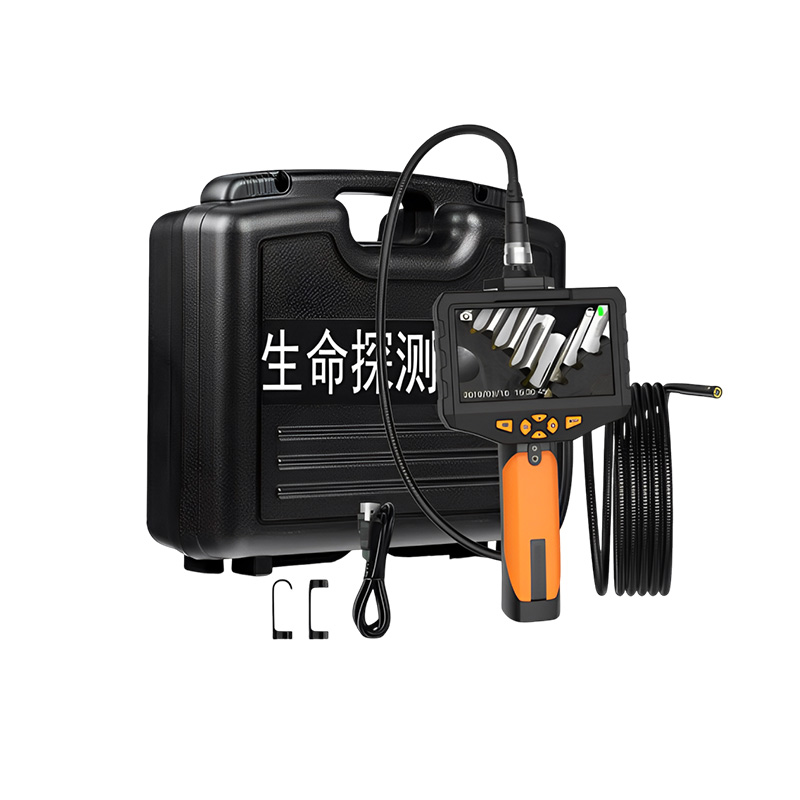
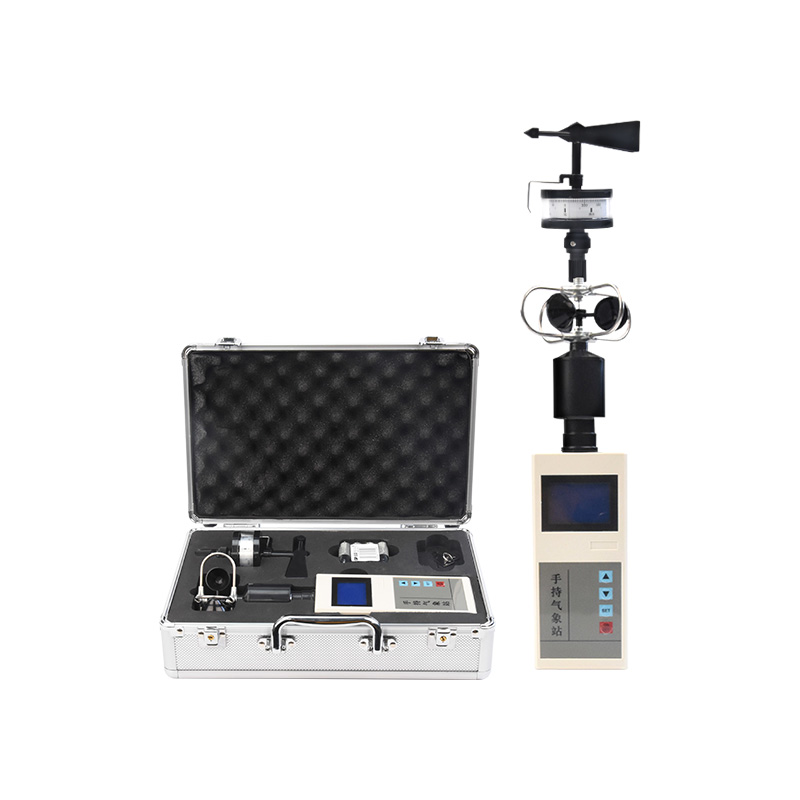
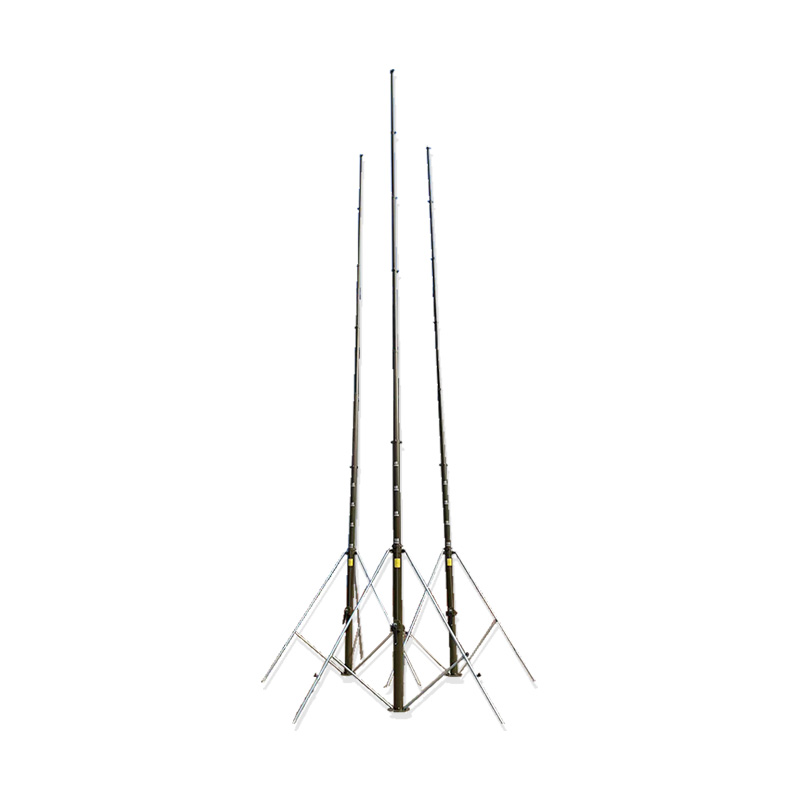



 Home
Home phone
phone Product Overview
Product Overview Contact Us
Contact Us